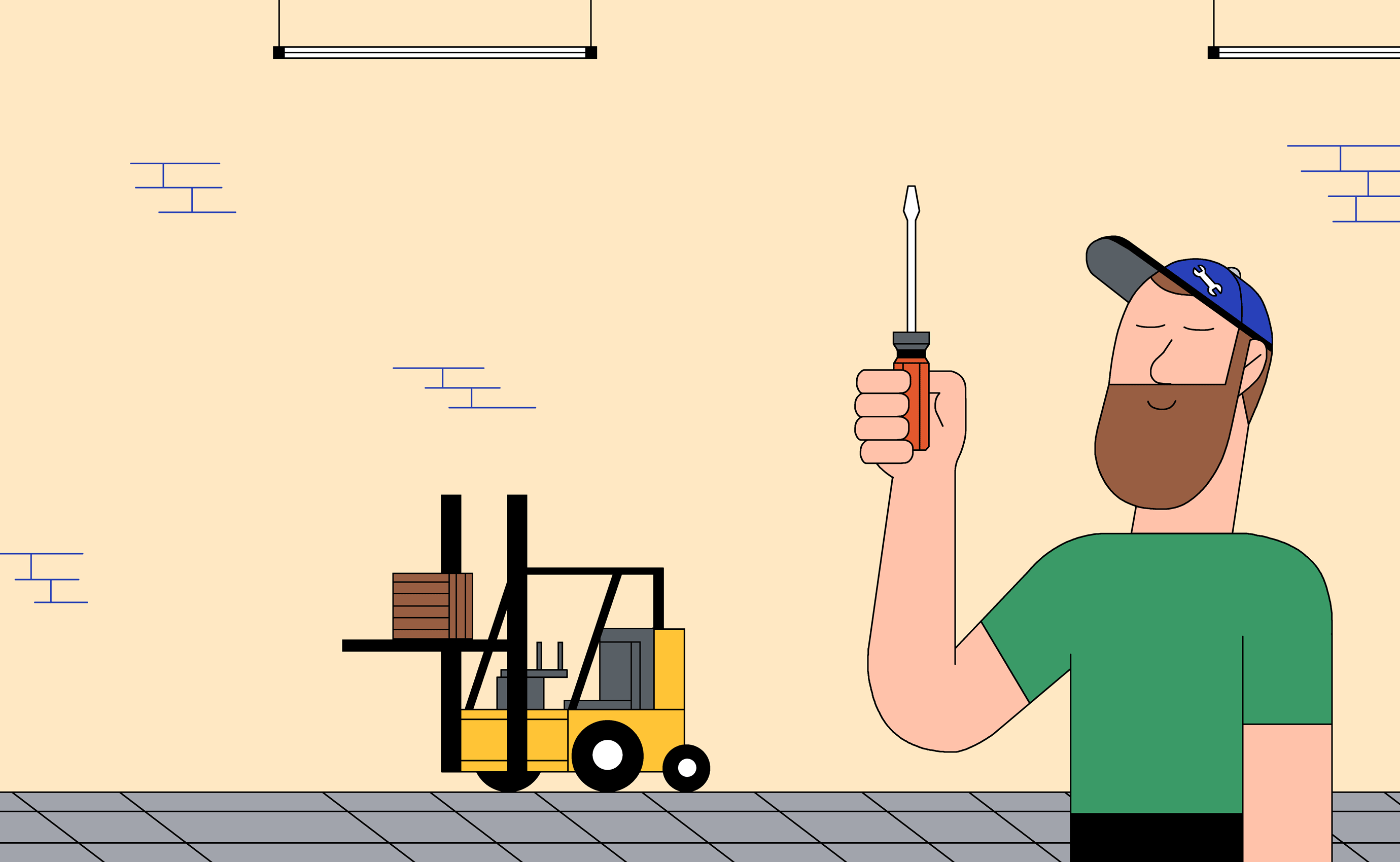This company tames killer robots

A seven-foot-tall robot arm moves in a blur, carrying a piece of metal about the size of a bowling ball from one workbench to another at superhuman speed. But when a human worker reaches for the piece, the robot goes into slow motion and then eventually stops. As soon as the person steps away, the robot speeds up again.
The machine and the young man are assembling a car suspension together. To anyone familiar with industrial robots, this seems insane.
Industrial robots are capable of killing a person. They are normally either caged off inside factories or monitored by a sensor system that shuts everything down if anyone comes within a few feet. Normally, you’d have to be plain nuts to try grabbing something from one.
But this isn’t any normal robot. Developed by Veo Robotics, a startup based in Waltham, Massachusetts, it uses technology that can turn even the most hulking and brutish industrial robot into a safe workmate.
Veo puts several 3-D sensors around an industrial robot. Its software first builds a representation of a scene. It then identifies objects, including people moving around; estimates where things are headed; and controls the robot accordingly. The smallest error could have catastrophic consequences.
Veo’s CEO, Patrick Sobalvarro, says he got the idea while visiting a BMW plant in Spartanburg, South Carolina. Many tasks, such as installing a dashboard, were being done manually because they involve connecting tubes and cables. But the dashboards are heavy and awkward for a person to maneuver around.
“We put a robot in there for the stuff that doesn’t require dexterity,” says Sobalvarro of the suspension demo. “It cuts the manufacturing time in half.”
Hand me the wrench
A new breed of collaborative industrial robot could transform manufacturing by blurring the line between human and machine capabilities.
Robots are powerful and precise, but there are lots of things they cannot easily do, like fine manipulation or work involving flexible objects. Likewise, humans are adept at manipulation, and good at improvising and adapting, but we aren’t very good at moving heavy items hour after hour.
“What manufacturers have now is this situation where if you can’t fully automate it, you don’t get to have anything,” says Clara Vu, VP of engineering at Veo. “What they’d like is to have a robot take a big heavy thing and put it in a precise location, and then a person can come along and go clip, clip, clip.”
Veo’s approach does not rely on cutting-edge machine-learning techniques, because those approaches tend to be less predictable and more difficult to validate (see “The dark secret at the heart of AI”). The technology can be added to a robot work cell, and the machine can then be programmed normally. It will simply go about its work while making sure not to hurt any humans around. Future versions of the system make include efforts to have robots collaborate with people even more closely.
Veo recently demonstrated its systems to a number of other robotics companies. Geoff Lewis of Soft Robotics, another Boston-based startup that’s developing new types of robot grippers, was one of those who attended.
Lewis was impressed with Veo’s technology, and he believes it could lead to a rapid change in attitudes toward safety. “Manufacturing has historically been a stubborn and slow industry to adopt innovative new technologies,” he says. “Yet time and time again you see early adopters gain a competitive edge, and then everyone piles on.”
Playing nicely
Robots have long been a feature of industries such as carmaking. But they are rapidly spreading to other manufacturing sectors and into warehousing. The Robotic Industries Association, an organization backed by robot makers in the US, reports that robot shipments grew 22 percent in the US in the first quarter of 2018. The International Federation of Robotics, another industry body, estimates that the number of industrial robots in operation worldwide will double from 2014 figures by 2020.
Advances in sensors, computing, and software are changing the way robots can be designed and used. New kinds of warehouse, office, store, and delivery robots are being tested and commercialized thanks to this progress.
A generation of manufacturing robots has appeared in recent years that can work alongside people, but only because they are not powerful enough to cause any harm. Yet this limits not just what they can lift but how precisely they can operate over a significant distance.
Recent leaps in machine learning, meanwhile, seem likely to give robots yet more capabilities. Many researchers are working on ways for robots to learn, through practice and experimentation, how to grasp even awkward and unfamiliar objects (see “This is the most dexterous robot ever created”). And while Veo’s approach does not rely on machine learning, its technology could complement efforts to make robots smarter and more adaptable through that approach.
Willy Shih, a professor at Harvard Business School who studies manufacturing technology, recently agreed to join Veo’s board. He says the company’s potential was too good to pass up: “It’s a good example of applying cheap and abundant computing power in a way that makes machines much more usable.”
Deep Dive
Artificial intelligence
Large language models can do jaw-dropping things. But nobody knows exactly why.
And that's a problem. Figuring it out is one of the biggest scientific puzzles of our time and a crucial step towards controlling more powerful future models.
Google DeepMind’s new generative model makes Super Mario–like games from scratch
Genie learns how to control games by watching hours and hours of video. It could help train next-gen robots too.
What’s next for generative video
OpenAI's Sora has raised the bar for AI moviemaking. Here are four things to bear in mind as we wrap our heads around what's coming.
Stay connected
Get the latest updates from
MIT Technology Review
Discover special offers, top stories, upcoming events, and more.